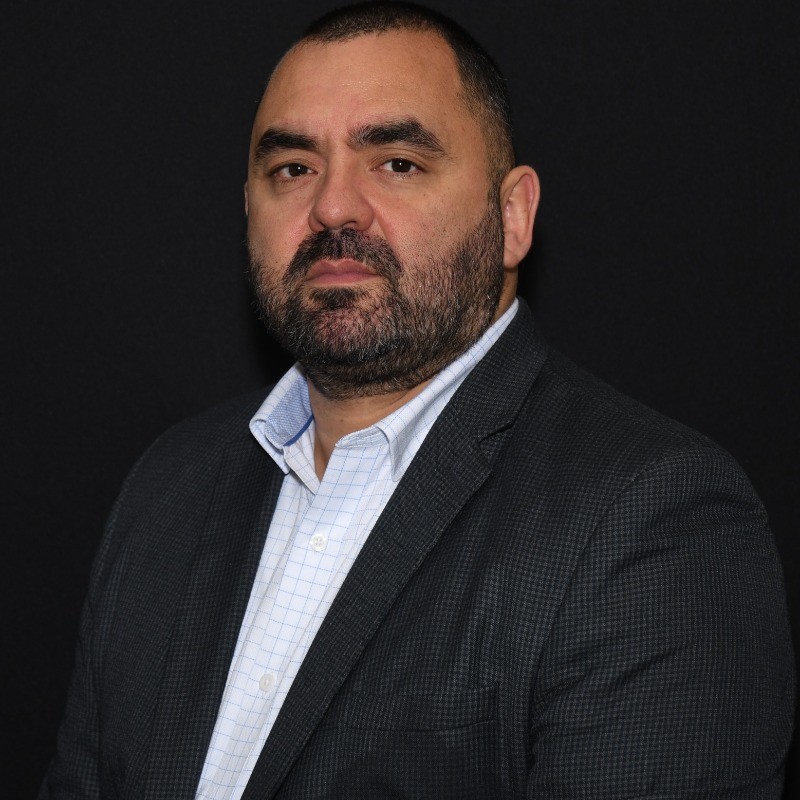Leadership is often defined by vision and the ability to set ambitious goals for the team, drive innovation and cultivate a thriving business. However, beneath the financial metrics and the strategy lies a more fundamental question: What kind of organization are we building here? This is primarily a practical concern, and nowhere is it more relevant than in the domain of workplace violence.
For any leader who takes their role seriously, whether they are a CEO shaping company culture or a Chief People Officer designing policies, workplace safety can’t be treated as a regulatory obligation. It must be understood as a moral and strategic imperative.
Before this starts sounding preachy, let me explain the last statement in practical terms. Workplace safety is a moral imperative because every employee has the fundamental right to work in an environment free from harm. Leaders bear the ethical responsibility to protect their well-being. It is a strategic imperative because failing to prioritize safety leads to decreased productivity, high employee turnover, reputational damage and increased legal and financial risks. These issues ultimately undermine the stability and success of the organization.
It becomes apparent, then, that corporate leadership demands proactive intervention, a refusal to accept unnecessary risk and a commitment to creating an environment in which employees are not merely valued but protected.
The Leadership Decisions That Enable Workplace Violence
Workplace violence is not a matter of mere statistics or theoretical risk assessments. It is a reality that unfolds every day—often in ways that go unreported, dismissed as isolated incidents or even accepted as unavoidable consequences in certain industries. Whether workplace violence manifests as aggression, harassment or physical confrontation, it is more than an isolated incident. Every occurrence, regardless of setting, reflects a systemic breakdown in organizational priorities and protective measures.
When violence erupts in offices, customer-facing environments or operational facilities, it signals that somewhere along the way, leadership decided that safety was a negotiable concern. Now, the decision may have been made consciously or unconsciously but make no mistake about it: this decision is being made every day. It is made when security budgets are cut in the name of efficiency. It is made when reports of workplace threats are handled with bureaucratic indifference. It is made when employees are trained to optimize productivity but are left unprepared for the very real risks they may face in the course of their jobs.
Companies that make these decisions are simultaneously making a strategic miscalculation and violating the fundamental trust that exists between employer and employee. What is actually happening when this decision is made—to use risk management terminology—is a transfer of risk, or outsourcing of risk, from the company to the employee.
Compliance Is Not a Substitute for Leadership
Many leaders believe that their organizations are already addressing workplace violence concerns. They point to compliance measures, legal policies and industry regulations as proof of their commitment. But compliance is often, quite literally, the lowest possible standard. It is merely a baseline or an entry-level requirement. It is not, and never will be, a substitute for leadership.
Leaders and organizations who adopt a strategic approach to preventing workplace violence benefit in these profound and measurable ways:
- They build trust with their employees that can’t be bought. Employees who trust their leadership to protect them become more engaged, loyal and willing to invest themselves in the organization.
- They prevent crises before they happen. A violent incident in the workplace doesn’t just harm those directly involved. It reverberates across the entire organization, damaging morale, increasing turnover and, in many cases, drawing legal and media scrutiny.
- They attract and retain the best talent. In a job market where employees are increasingly selective about the companies they work for, an organization’s commitment to safety is a competitive advantage.
- They fortify their reputation in the marketplace. Whether a company is in the B2C or B2B space, its reputation matters. Organizations known for their commitment to safety and ethical leadership earn the trust of their customers, partners and stakeholders.
- They strengthen organizational resilience in times of crisis. Companies where employees feel safe and valued are far better equipped to withstand economic downturns, social and political unrest and other public crises that place stress on the organization.
What Great Leaders Do Differently
Leaders who are serious about preventing workplace violence make their commitment visible and tangible and build it into the very structure of the organization. Here’s what this looks like in practice:
- They create a culture that refuses to normalize workplace violence. In other words, no incident is too small to be addressed.
- They invest in prevention AND response. These companies do not wait for an incident before taking action, as far too many organizations do; they prioritize preventative measures like security improvements, redesigning workspaces or implementing early warning systems that identify and address risks before they escalate.
- They train their employees in ways that empower them. This means providing employees with practical tools to de-escalate conflict, recognize threats and respond effectively.
- Their senior leaders personally champion the cause of workplace safety. They do not delegate this function to their managers or address incidents with one-off initiatives.
Preventing workplace violence is not a policy issue.
It is not a compliance checklist.
It is a test of leadership.


